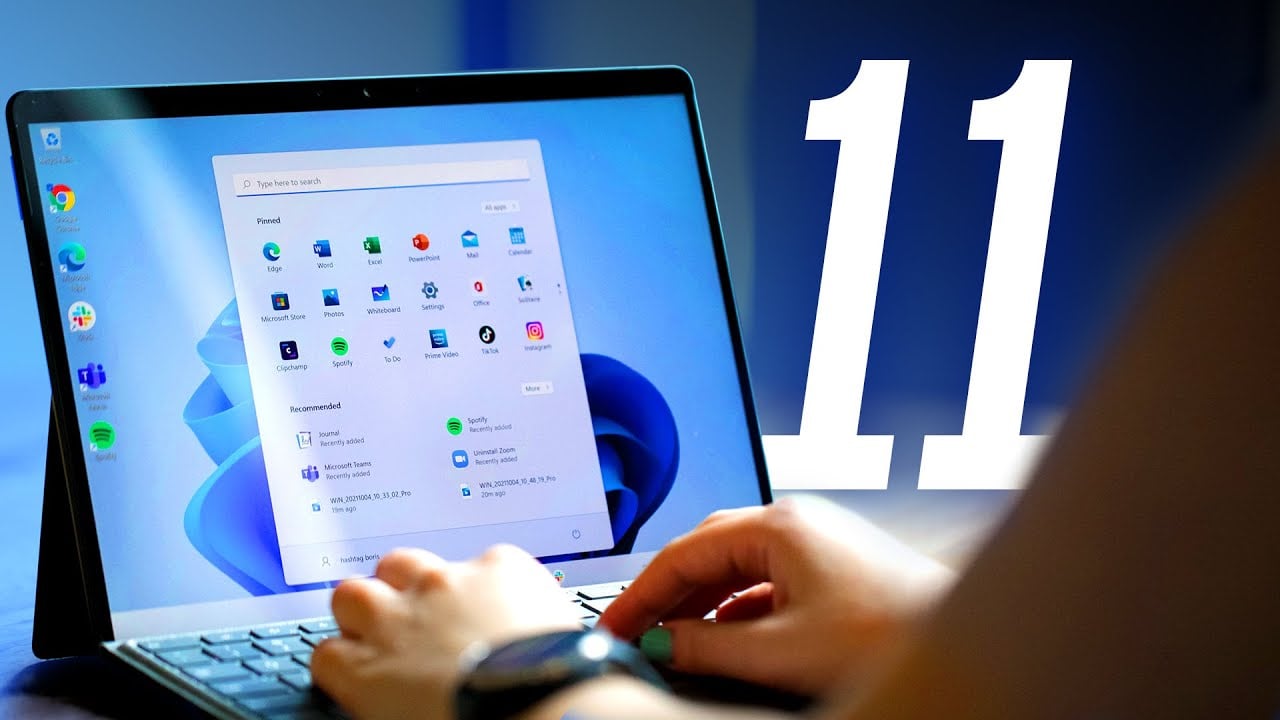Whether you’re taking a quick getaway, going on a cross-country road trip, or exploring the diverse cities and landscapes across the United States, managing your finances while traveling is crucial. One of the most convenient ways to handle your finances on the go is by using mobile banking apps. With the rise of digital banking, there are now plenty of ways to keep track of your money, make payments, and avoid fees while traveling throughout the USA.
In this blog, we’ll cover the top mobile banking tips for travelers in the USA, helping you maximize convenience, minimize fees, and stay financially secure as you explore the country.
1. Choose the Right Mobile Banking App
Why It’s Important: Having a reliable mobile banking app is the first step in managing your finances while traveling. The right app will allow you to access your accounts, transfer money, and track spending from anywhere, providing peace of mind while you’re on the road.
Tips for Choosing the Right App:
- Look for Apps with Robust Security: Ensure that your banking app offers strong security features, such as two-factor authentication (2FA) and encryption, to keep your accounts secure while traveling.
- Check for Global Compatibility: If you plan on traveling internationally in the future, choose a mobile banking app that works both in the USA and abroad. Apps like Revolut, Wise (formerly TransferWise), and others offer global access and competitive exchange rates.
- Opt for Easy Navigation: Choose a mobile banking app that’s easy to use, so you can quickly access important features like checking balances, transferring funds, or paying bills while on the go.
High-Volume Keywords: “mobile banking app for travel,” “best banking app for USA,” “secure mobile banking app”
2. Enable Alerts for Spending and Transactions
Why It’s Important: Keeping track of your spending while traveling can be tricky, especially when you’re managing expenses for accommodation, food, activities, and transportation. Mobile banking apps allow you to set up alerts for purchases, withdrawals, and account balances, helping you stay on top of your finances.
How to Set Up Alerts:
- Spending Limits: Set up transaction alerts to notify you whenever a purchase exceeds a certain amount. This is especially useful if you’re sticking to a travel budget or want to avoid overspending.
- Balance Alerts: Set up balance notifications to alert you if your account drops below a certain amount. This can help prevent overdrafts and keep you aware of your available funds.
- Fraud Alerts: Many banks offer real-time fraud alerts. If there’s any suspicious activity on your account, you’ll be notified immediately, so you can take action quickly.
High-Volume Keywords: “spending alerts mobile banking,” “track spending while traveling,” “banking fraud alerts”
3. Avoid Foreign Transaction Fees and ATM Fees
Why It’s Important: Many traditional banks charge foreign transaction fees for purchases made outside of your home country. Similarly, ATM withdrawals from non-network machines can result in hefty fees. Mobile banking apps can help you avoid these extra charges, ensuring you don’t lose money to unnecessary fees.
How to Avoid Fees:
- Use a No-Foreign Transaction Fee Card: Look for credit or debit cards linked to your mobile banking app that don’t charge foreign transaction fees. These cards are great for international travel, but they can also help you save money when traveling in the USA.
- Choose Fee-Free ATMs: Some mobile banking apps offer access to large networks of ATMs that don’t charge fees for withdrawals. For example, apps linked to banks like Chime or Ally provide fee-free access to a wide range of ATMs across the U.S.
- Use Mobile Payment Options: If you’re in the USA, consider using mobile payment options like Apple Pay, Google Pay, or Samsung Pay linked to your mobile banking app to avoid ATM and card fees.
High-Volume Keywords: “avoid ATM fees while traveling,” “no foreign transaction fee bank,” “mobile payment options USA”
4. Monitor Your Credit Card for Fraud
Why It’s Important: When traveling, your risk of encountering fraudulent activity increases. Using your credit card or debit card frequently for online purchases, at gas stations, and in restaurants can make your accounts vulnerable to fraud. Mobile banking apps can help you stay ahead of this risk.
Tips to Monitor Your Credit Card for Fraud:
- Enable Real-Time Transaction Notifications: Most mobile banking apps offer real-time transaction notifications for your credit card. This helps you spot any unauthorized purchases quickly.
- Use Virtual Credit Card Numbers: Some mobile banks, like Capital One and Citibank, offer virtual credit card numbers for online purchases, providing an extra layer of security for your transactions.
- Report Suspicious Activity Immediately: If you notice any fraudulent activity, report it directly through your mobile banking app. Most banks offer easy ways to lock your card, file disputes, or contact customer support instantly.
High-Volume Keywords: “credit card fraud alerts,” “mobile banking fraud monitoring,” “virtual credit card number USA”
5. Use Digital Wallets for Quick Payments
Why It’s Important: Digital wallets, like Apple Pay, Google Pay, and Samsung Pay, make it easier to make quick and secure payments with your mobile phone, eliminating the need to carry cash or a physical card. These services are increasingly accepted at stores, restaurants, and even in taxis across the USA, especially in major cities.
Benefits of Using Digital Wallets:
- Secure Payments: Digital wallets use encryption to keep your payment information secure, making them safer than carrying around credit cards.
- Convenience: You can quickly pay for items with just a tap of your phone. Whether you’re buying coffee at a local café or booking tickets for a tour, digital wallets streamline the payment process.
- Track Your Spending: Many digital wallets sync with your mobile banking app, allowing you to easily track your spending and manage your budget during your travels.
High-Volume Keywords: “digital wallet for travel,” “mobile payment apps USA,” “secure mobile payments”
6. Keep Your Mobile Banking App Secure
Why It’s Important: Security is paramount when using mobile banking apps, especially while traveling. Losing your phone or having it stolen can expose your financial information to risk. Fortunately, there are several steps you can take to secure your mobile banking app.
How to Secure Your Mobile Banking App:
- Use Strong Passwords: Ensure that your mobile banking app is protected with a strong, unique password. Avoid using easily guessable passwords like birthdays or common phrases.
- Enable Biometric Authentication: Most mobile banking apps allow you to use fingerprint or facial recognition for authentication. This adds an extra layer of protection.
- Lock Your Phone: Set up a PIN or password for your phone to prevent unauthorized access in case it’s lost or stolen. Additionally, many apps offer remote wipe features, allowing you to delete data if your phone goes missing.
High-Volume Keywords: “secure mobile banking app,” “biometric authentication for banking,” “mobile banking security tips”
7. Use Peer-to-Peer (P2P) Payment Services
Why It’s Important: P2P payment services like Venmo, PayPal, and Zelle are increasingly popular and convenient for sending and receiving money, especially when traveling. These apps are linked to your mobile banking account and can be used for everything from splitting bills with fellow travelers to paying for services.
How to Use P2P Payment Services:
- Transfer Funds Easily: Send money to friends or family with just an email or phone number. It’s a great way to settle up with fellow travelers for shared expenses.
- Pay for Services: Many businesses, including restaurants and local shops, accept P2P payments. This can help you avoid carrying cash or swiping your credit card.




